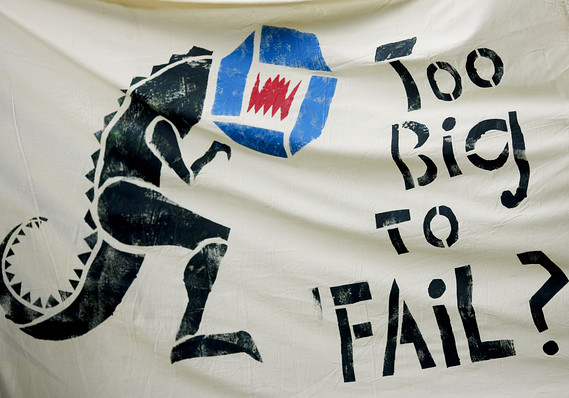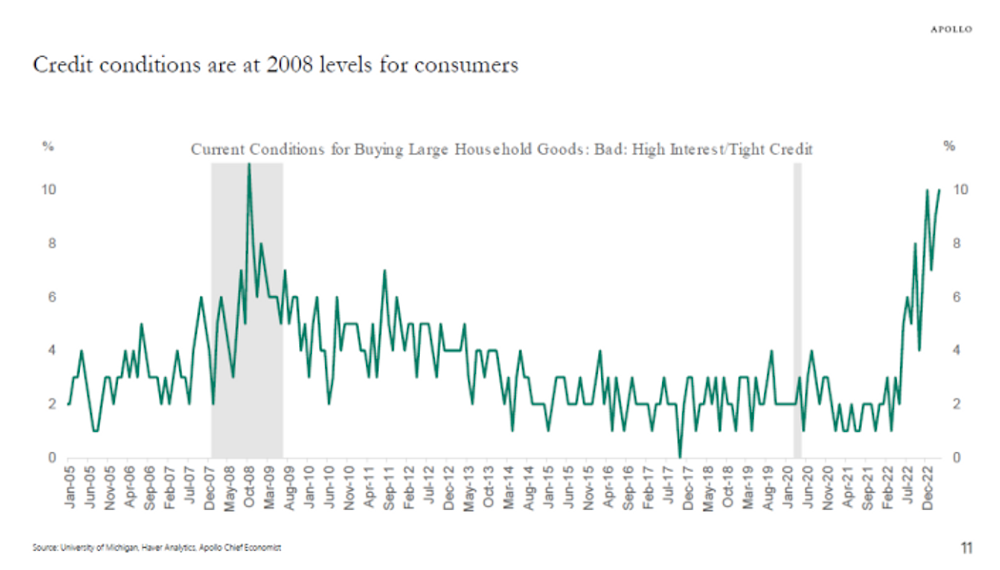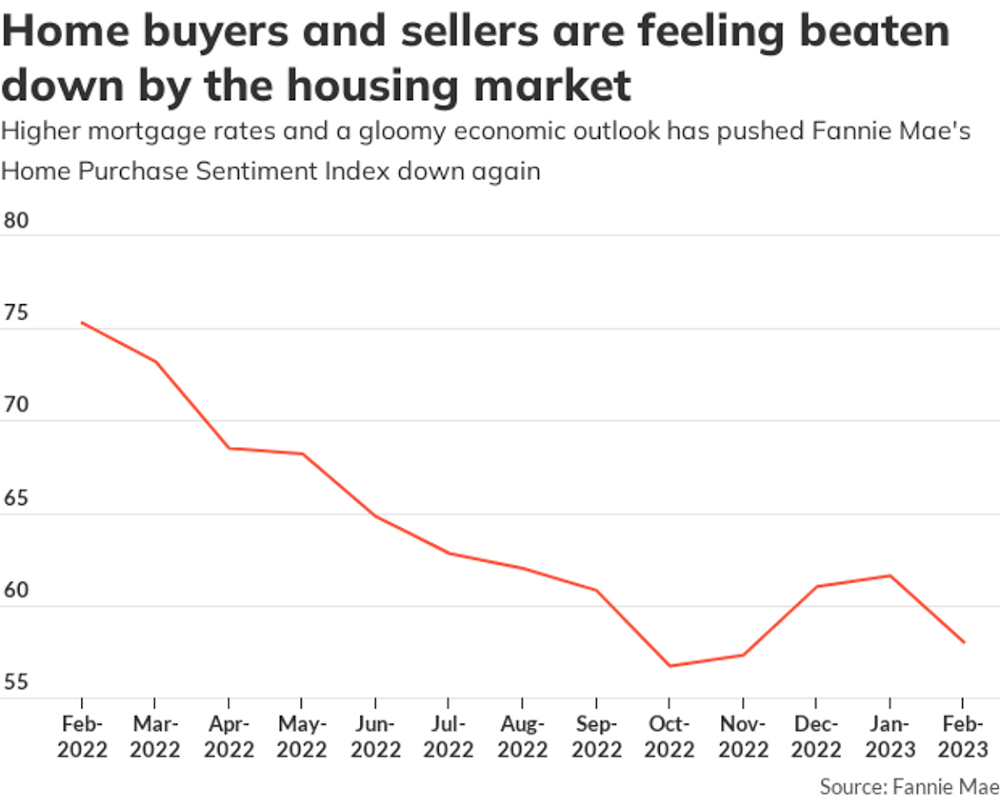Information received since the Federal Open Market Committee met in September
generally suggests that economic activity has continued to expand at a moderate
pace
Indicators of labor market conditions have shown some further improvement,
but the unemployment rate remains elevated Available data suggest that
household spending and business fixed investment advanced, while the recovery in
the housing sector slowed somewhat in recent months Fiscal policy is
restraining economic growthApart from fluctuations due to changes in energy prices, inflation has been running below the Committee’s longer-run objective, but longer-term inflation expectations have remained stable
Consistent with its statutory mandate, the Committee seeks to foster maximum employment and price stability
The Committee expects that, with appropriate policy accommodation, economic growth will pick up from its recent pace and the unemployment rate will gradually decline toward levels the Committee judges consistent with its dual mandate
The Committee sees the downside risks to the outlook for the economy and the labor market as having diminished, on net, since last fall
The Committee recognizes that inflation persistently below its 2 percent objective could pose risks to economic performance, but it anticipates that inflation will move back toward its objective over the medium term
Taking into account the extent of federal fiscal retrenchment over the past year, the Committee sees the improvement in economic activity and labor market conditions since it began its asset purchase program as consistent with growing underlying strength in the broader economy
However, the Committee decided to await more evidence that progress will be sustained before adjusting the pace of its purchases
Accordingly, the Committee decided to continue purchasing additional agency mortgage-backed securities at a pace of $40 billion per month and longer-term Treasury securities at a pace of $45 billion per month
The Committee is maintaining its existing policy of reinvesting principal payments from its holdings of agency debt and agency mortgage-backed securities in agency mortgage-backed securities and of rolling over maturing Treasury securities at auction
Taken together, these actions should maintain downward pressure on longer-term interest rates, support mortgage markets, and help to make broader financial conditions more accommodative, which in turn should promote a stronger economic recovery and help to ensure that inflation, over time, is at the rate most consistent with the Committee’s dual mandate
The Committee will closely monitor incoming information on economic and financial developments in coming months and will continue its purchases of Treasury and agency mortgage-backed securities, and employ its other policy tools as appropriate, until the outlook for the labor market has improved substantially in a context of price stability
In judging when to moderate the pace of asset purchases, the Committee will, at its coming meetings, assess whether incoming information continues to support the Committee’s expectation of ongoing improvement in labor market conditions and inflation moving back toward its longer-run objective Asset purchases are not on a preset course, and the Committee’s decisions about their pace will remain contingent on the Committee’s economic outlook as well as its assessment of the likely efficacy and costs of such purchases
To support continued progress toward maximum employment and price stability, the Committee today reaffirmed its view that a highly accommodative stance of monetary policy will remain appropriate for a considerable time after the asset purchase program ends and the economic recovery strengthens
In particular, the Committee decided to keep the target range for the federal funds rate at 0 to 1/4 percent and currently anticipates that this exceptionally low range for the federal funds rate will be appropriate at least as long as the unemployment rate remains above 6-1/2 percent, inflation between one and two years ahead is projected to be no more than a half percentage point above the Committee’s 2 percent longer-run goal, and longer-term inflation expectations continue to be well anchored
In determining how long to maintain a highly accommodative stance of monetary policy, the Committee will also consider other information, including additional measures of labor market conditions, indicators of inflation pressures and inflation expectations, and readings on financial developments
When the Committee decides to begin to remove policy accommodation, it will take a balanced approach consistent with its longer-run goals of maximum employment and inflation of 2 percent
Voting for the FOMC monetary policy action were: Ben S. Bernanke, Chairman; William C. Dudley, Vice Chairman; James Bullard; Charles L. Evans; Jerome H. Powell; Eric S. Rosengren; Jeremy C. Stein; Daniel K. Tarullo; and Janet L. Yellen
Voting against the action was Esther L. George, who was concerned that the continued high level of monetary accommodation increased the risks of future economic and financial imbalances and, over time, could cause an increase in long-term inflation expectations




















5 comentarios:
WASHINGTON (MarketWatch) -- The U.S. government recorded a deficit of $680 billion for the full fiscal 2013 year, the Treasury Department said Wednesday. That is the smallest annual shortfall since the $459 billion gap posted in 2008, and 38% below the fiscal 2012 deficit. The government took in a record $2.8 trillion in the year, a 13% increase from fiscal 2012. Spending fell 2% to $3.5 trillion. The government's fiscal year runs from October to September
U.S. says Germany must shrink current account
U.S. says will 'closely monitor' China currency
U.S. says China has resumed forex intervention
U.S. says China currency could rise faster
U.S. budget deficit smallest since 2008
WASHINGTON (MarketWatch) — You can’t stress test without a little stress, and on Friday the Federal Reserve revealed a scenario that banks will have to consider where the jobless rate jumps 4 percentage points, the stock market is cut in half and house prices crumble by a quarter.
It’s worth emphasizing: this scenario is not one the Fed envisions actually happening. It’s part of the “supervisory severely adverse scenario” that the central bank will require major banks to go through in order to get permission to conduct stock buybacks and pay dividends next year.
But the areas the Fed is testing point to concern about bubbles forming in areas including housing, corporate real estate, leveraged loans and emerging markets.
Enlarge Image
The Fed says this “severely adverse scenario” isn’t wildly different from the one the central bank required banks to conduct last year. One difference: a larger drop in U.S. house prices. That’s because it assumes a reversal of some of the strong gains made this year.
Home prices in August were up 12.8% from the year-earlier period, the fastest pace since early 2006, according to S&P/Case-Shiller’s gauge that tracks 20 cities. Read more on house prices.
The Fed also is testing for a worse situation in China that spills over into Japan. There are many concerns about Chinese growth, though the latest round of manufacturing data pointed to continued strong growth in the country.
“These additional features of this year’s severely adverse scenario are designed to assess the effect on large U.S. banks of a sharp turnaround in current developments in U.S. housing markets and a sizeable weakening of economic activity in emerging market economies,” the Fed said in a report about the tests.
The Fed isn’t just testing a sharp, deflationary situation — it’s also testing an “adverse” scenario, which one Fed official describes as a mild global recession and a steepening of the yield curve. In that test, the yield on the 10-yield Treasury would climb as high as 5.8% and the yield on corporate BBB-rated securities would climb as high as 9.2%.
It is not testing an inflation shock, a Fed official told reporters, because that was tested last year.
Also new in this round of tests will be counterparty scenarios for eight of the biggest, most interconnected institutions: Bank of America , The Bank of New York Mellon , Goldman Sachs Group , J.P. Morgan Chase, Morgan Stanley , State Street and Wells Fargo . It’s testing what happens if the largest counterparty defaults, a Fed official said.
A total of 30 banks will go through the testing, which is up from 18 last year. Also new will be that the Fed will publish the results of the stress tests under the most adverse scenario.
Confianza del Consumidor de México 91.2 92.5 94.1
USD Peticiones a fábrica (MoM) -0.1% 0.3% -2.4%
USD Pedidos industriales, excluido el transporte (MoM) -0.1% 1.2%
USD Baja Pedidos industriales, excluido el transporte (MoM) -0.2% -0.1%
Publicar un comentario